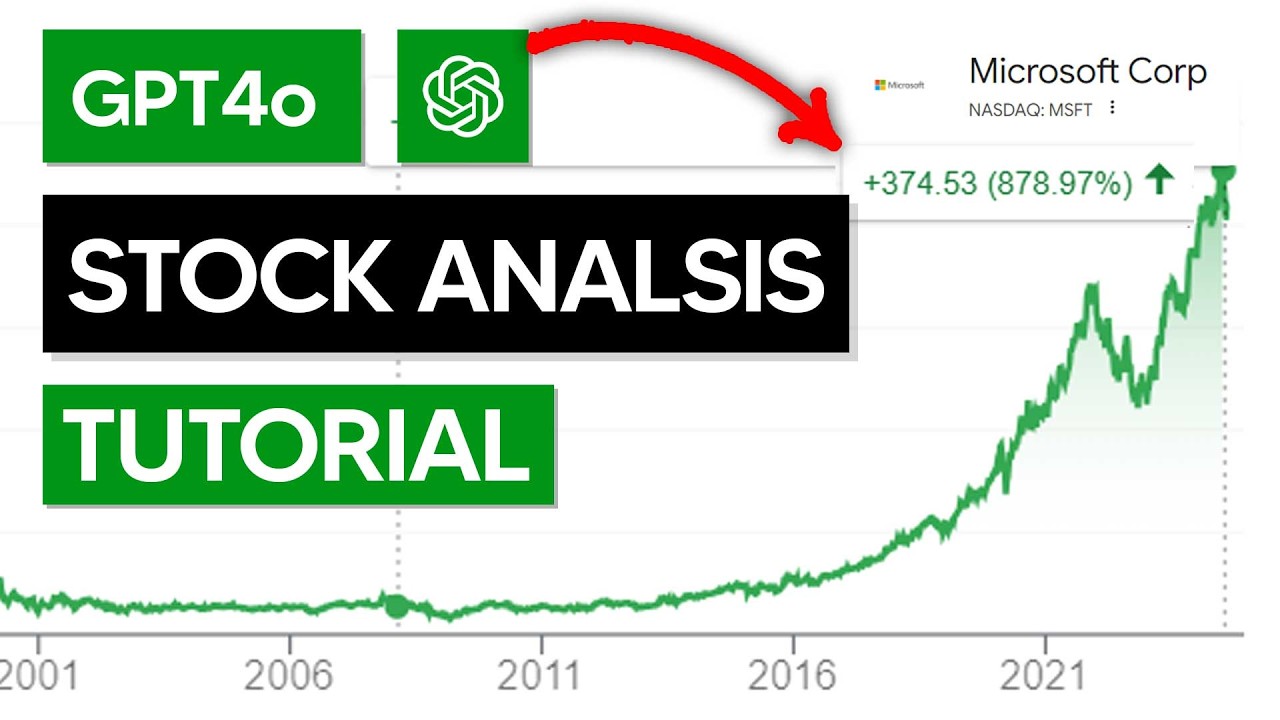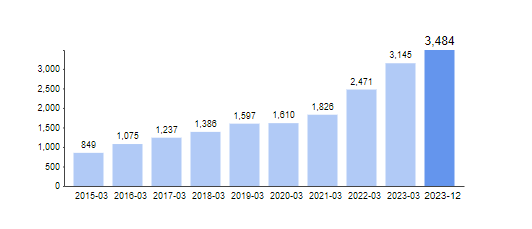20 Great Ways For Choosing AI Stock Predicting Websites
20 Great Ways For Choosing AI Stock Predicting Websites
Blog Article
Top 10 Tips On Pricing And Costing Of Ai Technology For Predicting And Analyzing Stocks
It is crucial to evaluate the cost and pricing of AI trading platforms that predict/analyze the prices of stocks. This will allow you to keep out any costs that are not obvious. Understanding the price structure is crucial to making an informed choice. Here are ten top suggestions to help you analyze the cost and price of these platforms.
1. Learn about the pricing model
Subscription: Make sure you verify if a platform has a fee per month or year and what's included with each stage.
Pay-per-use : Verify that the platform charges you according to the amount of usage (e.g. requests for trades, for information, or forecasts).
Freemium model: Determine whether the platform has a free tier with only a few features, and charges for premium features.
2. Compare Pricing Levels
Check out the features included in each pricing tier.
Scalability: Ensure that your pricing levels match your requirements, regardless of whether you're a solo trader or a professional.
Upgrade flexibility: Discover whether you can effortlessly upgrade or downgrade your system as your requirements alter.
3. Evaluate Hidden Costs
Data fees - Determine if the platform charges an extra cost for access to the most valuable information (e.g. data in real time and advanced analytics).
Brokerage Fees: Determine the extent to which your platform charges costs for trade execution or integration.
API usage. Determine whether there are any additional costs that come with API access or high-frequency usage.
4. Demos as well as Free Trials, and Test Drives
Trial period: Search for websites that provide a free trial or demo so that you can test their capabilities before you commit to.
Limitations of the trial: Verify if it includes all features or if it has limitations regarding functionality.
No-commitment option If you do not like the platform, you can end the subscription at no cost.
5. Find out about discounts and specials.
Discounts for annual subscriptions: Find out whether your platform provides discounts on subscriptions that are paid annually, compared to plans that are paid on a monthly basis.
Referral programs: See whether the platform offers discounts or credits for referring users.
Institutional pricing: If you're part of a larger organization, inquire about institutional or bulk pricing.
6. ROI (Return on Investment): How to evaluate the return?
Value and cost: Check the cost of a platform with its features. It can help you save money and improve your trading decision-making.
Study the platform's history or testimonials from users in order to estimate its potential ROI.
Alternative costs Costs of the platform: Compare its cost to the potential cost of not making use of it (e.g. missed opportunities, analysis time manually).
Review Cancellation Policies
Terms of cancellation: Be sure you're able cancel without any hidden fees or penalties.
Review the refund policy to see if you can get the refund you need for non-used subscriptions.
Auto-renewal: Determine if the platform automatically renews your account and the best way to decide to stop it.
8. Examine Pricing Transparency
Clear pricing page: Ensure that the platform offers a pricing page which is complete, transparent and does not contain any hidden fees.
Customer support: Call customer service to clarify any pricing issues or costs.
Contract Terms: Understand the commitments and penalties over the long term by studying the contract's conditions.
9. Compare with Competitors
Feature comparison Comparing the prices and features of the platform with the competition to ensure that you're getting the most value for money.
Reviewer reviews: Check out reviews from users to see if the platform's cost is worth it.
Review the market position of the platform. Does it meet your needs?
10. Cost estimates for Long-Term
Price increases: Find out whether there is a pattern of price increases and the frequency at which they occur. often they occur.
Features added - Find out if new features are included in your current plan, or if an upgrade is needed.
Costs of Scalability: Ensure that platform pricing remains reasonable when your trading activities or requirements for data increase.
Bonus Tips
Free trials for different platforms are available for you to try and evaluate the benefits and performance of various platforms.
Price negotiation: If you own an institution is frequent user, you should consider seeking out discounts or custom pricing.
Find educational resources on the internet There are some platforms that offer free educational resources or tools that add value over their primary features.
Utilize these suggestions to determine the costs and prices for AI stock predicting/analyzing platforms. Choose one that meets your needs and falls within your budget. A platform priced right must strike a good equilibrium between affordability, functional and performance, allowing you to make the most of the value of your trading. Read the best chart ai for trading url for more advice including best stocks to invest in, best stock analysis website, ai stocks to invest in, best ai stocks to buy now, best ai copyright trading bot, ai stock picker, best ai for stock trading, ai trading platform, best ai stocks, stocks ai and more.
Top 10 Ways To Evaluate The Speed And Latency Of The Ai Stock Predicting/Analyzing Trading Platform
When looking at AI trading platforms which can predict or analyze stock prices speed and latency are key factors, particularly for high-frequency and algorithmic traders. Milliseconds of delay could affect profitability and trade execution. These are the top 10 suggestions for evaluating the speed and latency of these platforms:
1. Examine the real-time data feeds
Time to deliver data: The platform should provide precise, real-time data in a short period of time (e.g. with sub-millisecond delay).
Find out the distance of the source to most important exchanges.
Data compression: Determine if the platform is using efficient data compression in order to speed up data delivery.
2. Speed of execution test for trades
Order processing: The platform's capability to process and execute trades quickly once an order has been submitted.
Direct market access (DMA). Check to see if the exchange you're using supports DMA. DMA allows orders made directly to an exchange to be processed with no intermediaries.
Look for more detailed reporting on execution, which includes timestamps and confirmations of the order.
3. Review the responsiveness of the Platform
User interface speed (UI): Measure the speed at which your platform's user interface responds your inputs.
Chart updates: Check that charts and visuals are updated in real-time and without delay.
Performance of mobile apps. When you use an app designed for mobile be sure that it is performing as quickly and smoothly as a desktop app.
4. Check for low-latency infrastructure
Server Locations: Check that the platform uses servers that have low latency, located close to major financial exchanges or hubs.
Look for colocation options. These services allow you to host your algorithm near the exchange.
High-speed networks: Make sure that the platform is running fiber optic networks with high-speed speeds or low-latency technology.
5. Test the backtesting and simulation speed
Find out how quickly the platform analyses and processes historical data.
Simultaneous trade simulation The platform should be capable of simulating trading in real-time without obvious delays.
Parallel processing (or distributed computing) Learn what platforms use the concept of parallel processing or distributed processing in order to speed up complex calculations.
6. Assessment of API Latency
API responses: Find out how fast APIs respond to requests (e.g. retrieving information from the platform, placing orders).
Limits on rates. Verify the API's rate limits to avoid delays while high-frequency trading.
WebSocket support: Determine whether your platform is using WebSocket protocols for real-time and low-latency streaming of data.
7. Test Platform Stability using Load
Simulate scenarios of high-volume trading to see whether the platform is stable and responsive.
Market volatility: Make sure the platform can handle price fluctuations in times that are high-risk.
Stress testing: Check if the platform offers tools to test your strategies in extreme circumstances.
8. Evaluate network and connectivity
Internet speed needs. Ensure that your connection is at the minimum speeds recommended for your platform to ensure optimal performance.
Redundant connections: Verify if your platform has redundant internet connections. This can help you keep your system from experiencing interruptions.
VPN latency. If you're using a VPN look to see whether it causes significant latency.
9. Make sure you are using Speed Optimization features.
Pre-trade analytics - Make sure that the platform is equipped with pre-trade analytical tools to optimize order routing.
Smart order routing: Determine whether your application is using SOR to find the most cost-effective and fastest execution site.
Monitoring of latency: Ensure that the platform allows you to analyse and track your latency live.
User Feedback and Review Benchmarks
User reviews: Review user feedback in order to determine the platform's performance on latency and speed.
Third-party benchmarks. Find benchmarks that are independent or reviews that evaluate a platform's speed with other platforms.
Case studies: See whether the platform has cases studies or testimonials, highlighting its abilities to provide low-latency.
Bonus Tips
Trial period: Try an unpaid trial or demo to test the platform's speed and latency in real-world situations.
Support for customers: Check to find out if the platform offers assistance with issues related to latency or for optimization.
Hardware requirements: Determine whether the platform needs specific hardware (e.g., high-performance PCs) to run at maximum speed.
Following these tips can help you assess the speed of AI trading platforms which predict or analyze the prices of stocks. You can select a platform for trading which best suits the requirements of your trading and eliminates any delay. Platforms that are low-latency are crucial for high-frequency algorithmic traders. small delays could negatively impact their profits. Have a look at the most popular the full details for best ai for stock trading for more tips including best ai stocks, free ai trading bot, stock predictor, free ai investing app, stock market ai, ai trader, best ai stocks to buy now, artificial intelligence stocks, best ai stocks to invest in, incite and more.